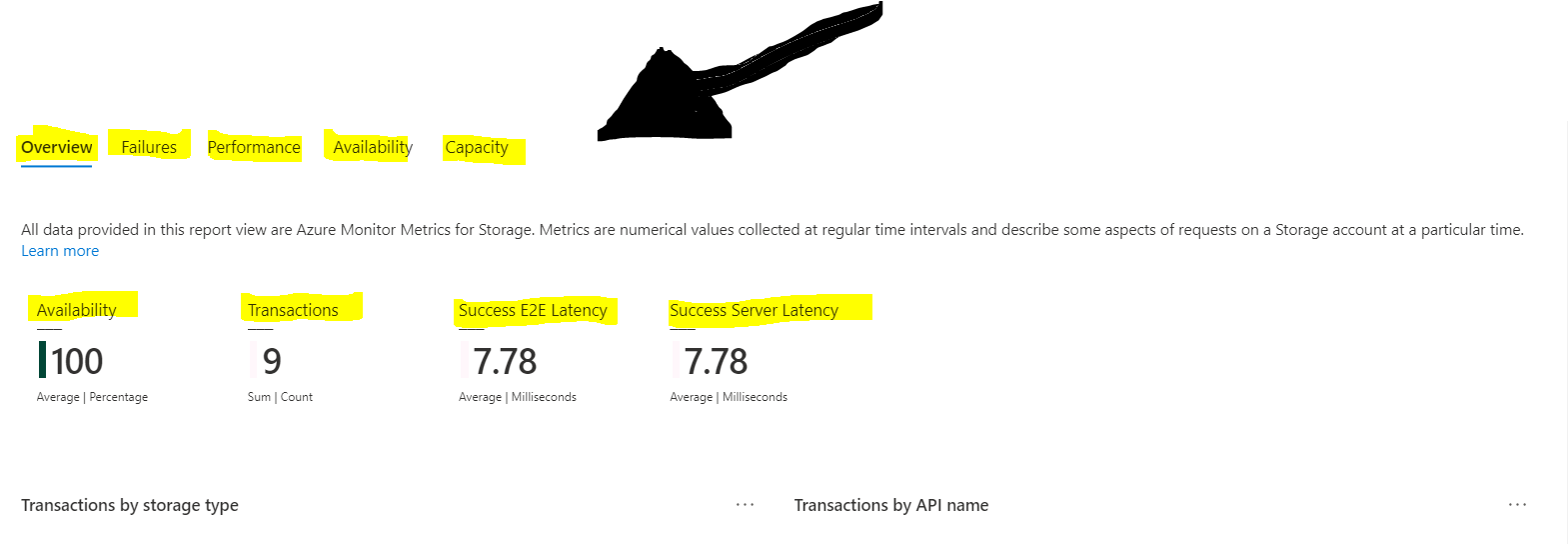@Venkatesh Bandaru Thank you for reaching out to Microsoft Q&A. I understand that you are having questions regarding ADLS Gen2.
In terms of how many files we can ingest a sec, it depends on the file type, type of data, file size etc.,
Please refer to this document for more information regarding Best Practices for using ADLS Gen2- https://learn.microsoft.com/en-us/azure/storage/blobs/data-lake-storage-best-practices#consider-premium
You can also consider using query accelerator if this is analytical type: https://learn.microsoft.com/en-us/azure/storage/blobs/data-lake-storage-query-acceleration
Here is another example of latency expectation: Latency in Blob storage - https://learn.microsoft.com/en-us/azure/storage/blobs/storage-blobs-latency
Regarding request rate, it should encompass all the requests made to the storage account per second which also includes the create request. And once again, the request rate and bandwidth achieved by your storage account depends upon the size of objects stored, the access patterns utilized, and the type of workload your application performs. Hope this helps.
Please let us know if you have any further questions and we will be glad to assist you further. Thank you!
Remember:
Please accept an answer if correct. Original posters help the community find answers faster by identifying the correct answer. Here is how.
Want a reminder to come back and check responses? Here is how to subscribe to a notification.




